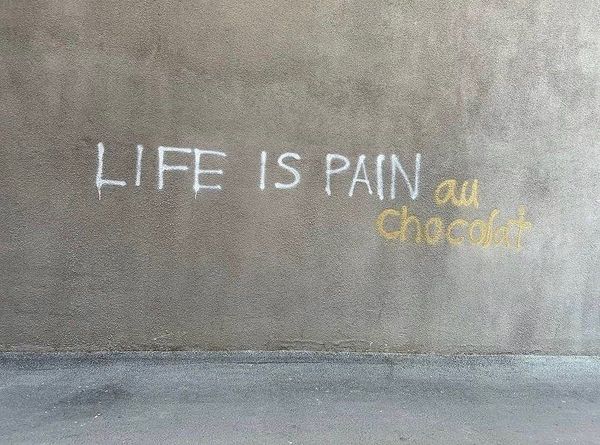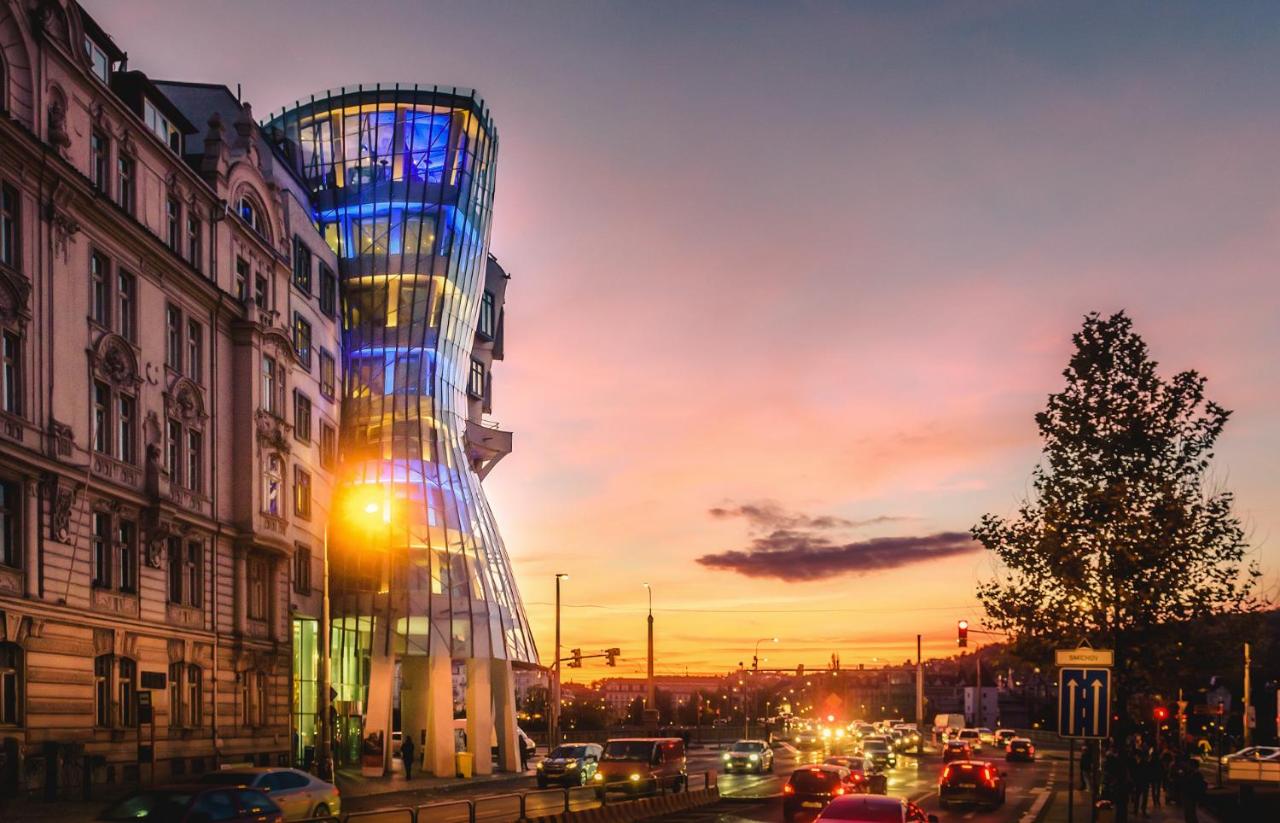As the proverb goes: less is sometimes more. For this reason, we often associate good design with clean or simple concepts. However, this does not always have to be the case—on the contrary! This time, we’ve collected buildings from around the region that stand out for their unusual shapes.
The Dancing House | Czechia
The Dancing House is considered as one of Prague’s attractions, and it’s undoubtedly an eye-catcher with its unusual style and shape. Located in a densely built part of the city, where almost all the buildings are built in Baroque or Art Nouveau style, the design by Milunić and Gehry stands out from its surroundings. Both locals and tourists regard the Dancing House as a work of art that adds to the originality of the Czech capital.
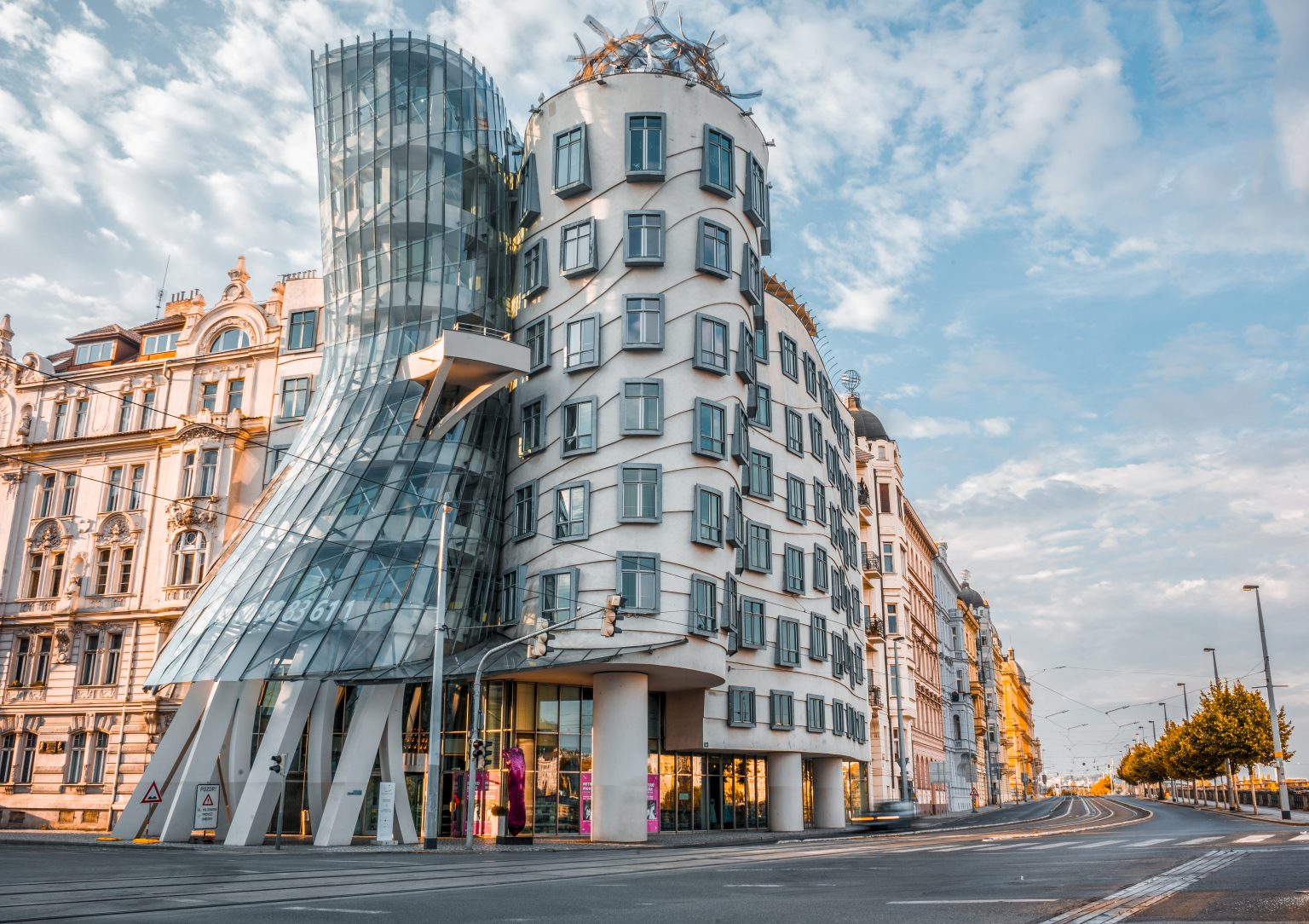
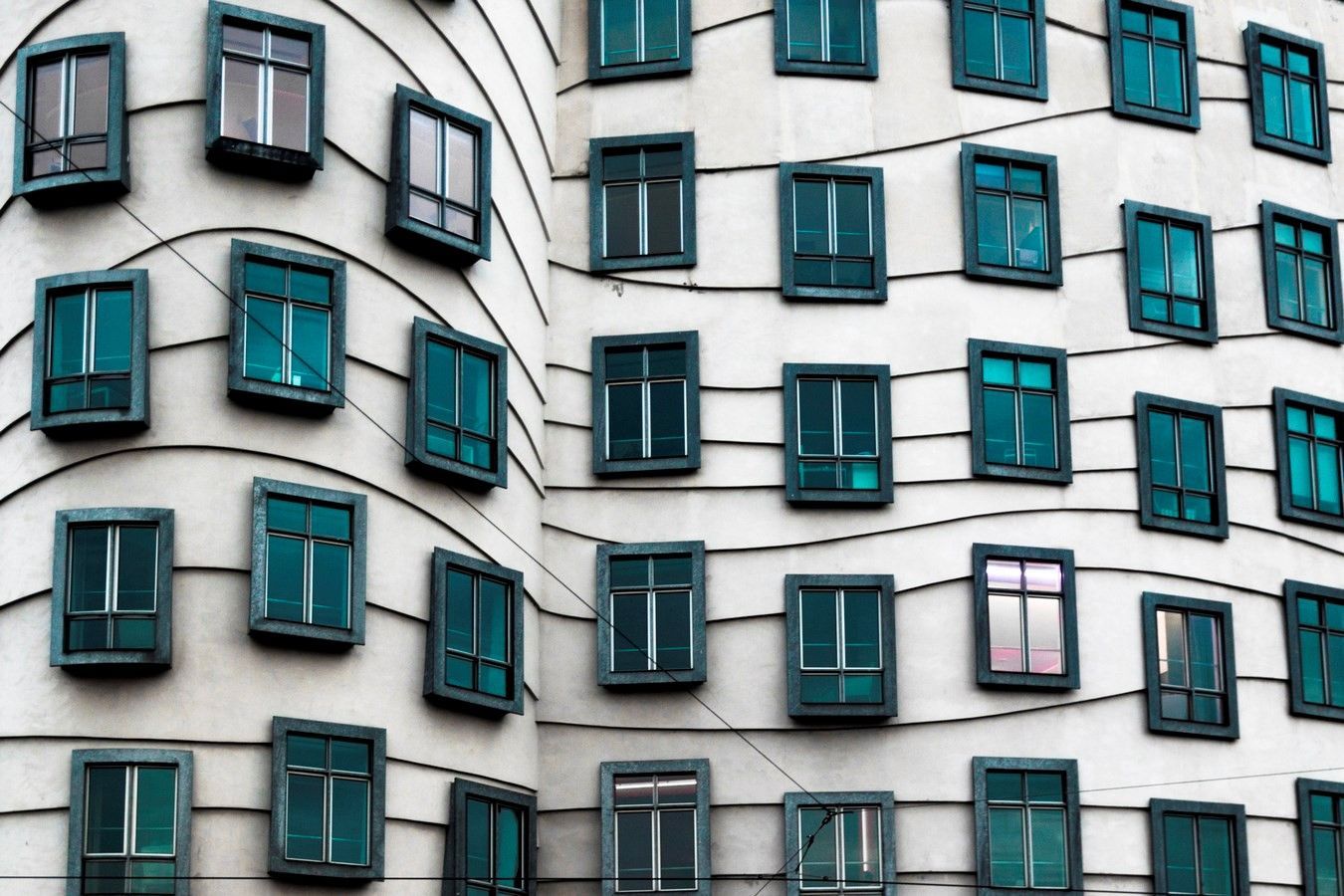
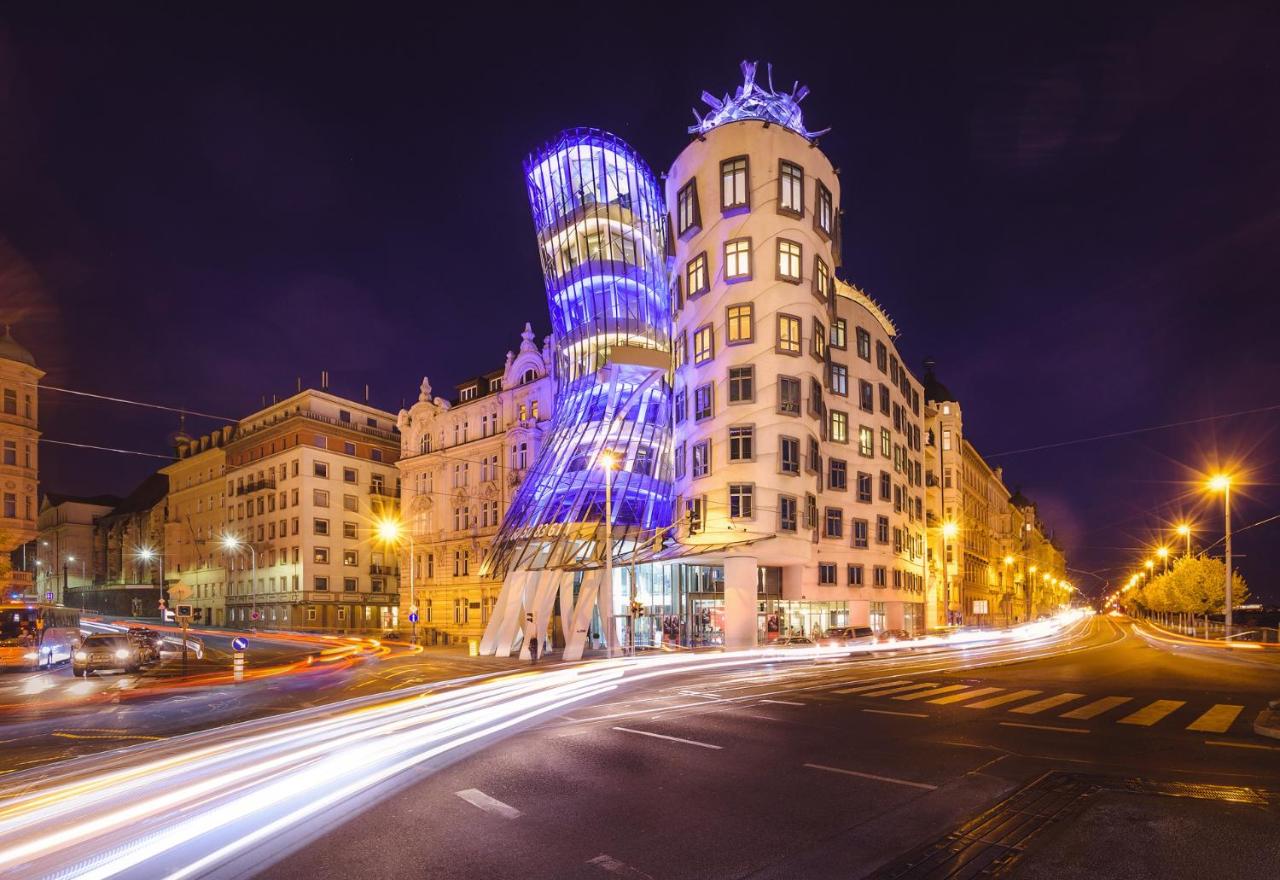
Hotel Natura Extension | Slovenia
This project was created as an addition to an existing hotel, where the new section ended up being both distinctive in design and a logical extension of the building. The old hotel was much less in tune with nature, so the design team, Enota Architects, came up with an idea to better connect it to the landscape. The façade was therefore given a ‘log pile-like’ finish, which allowed the hotel to become one with the surrounding forest.
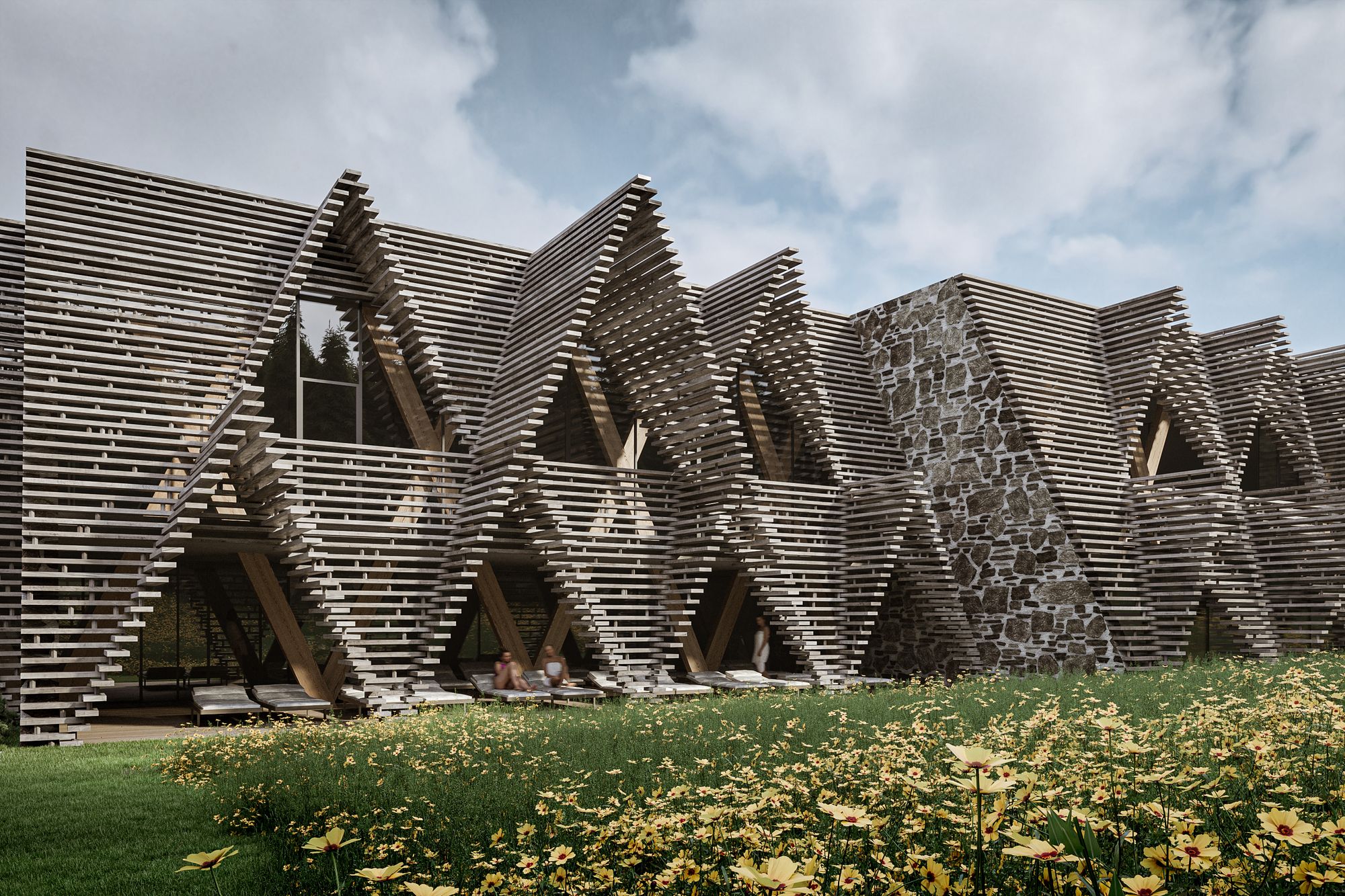
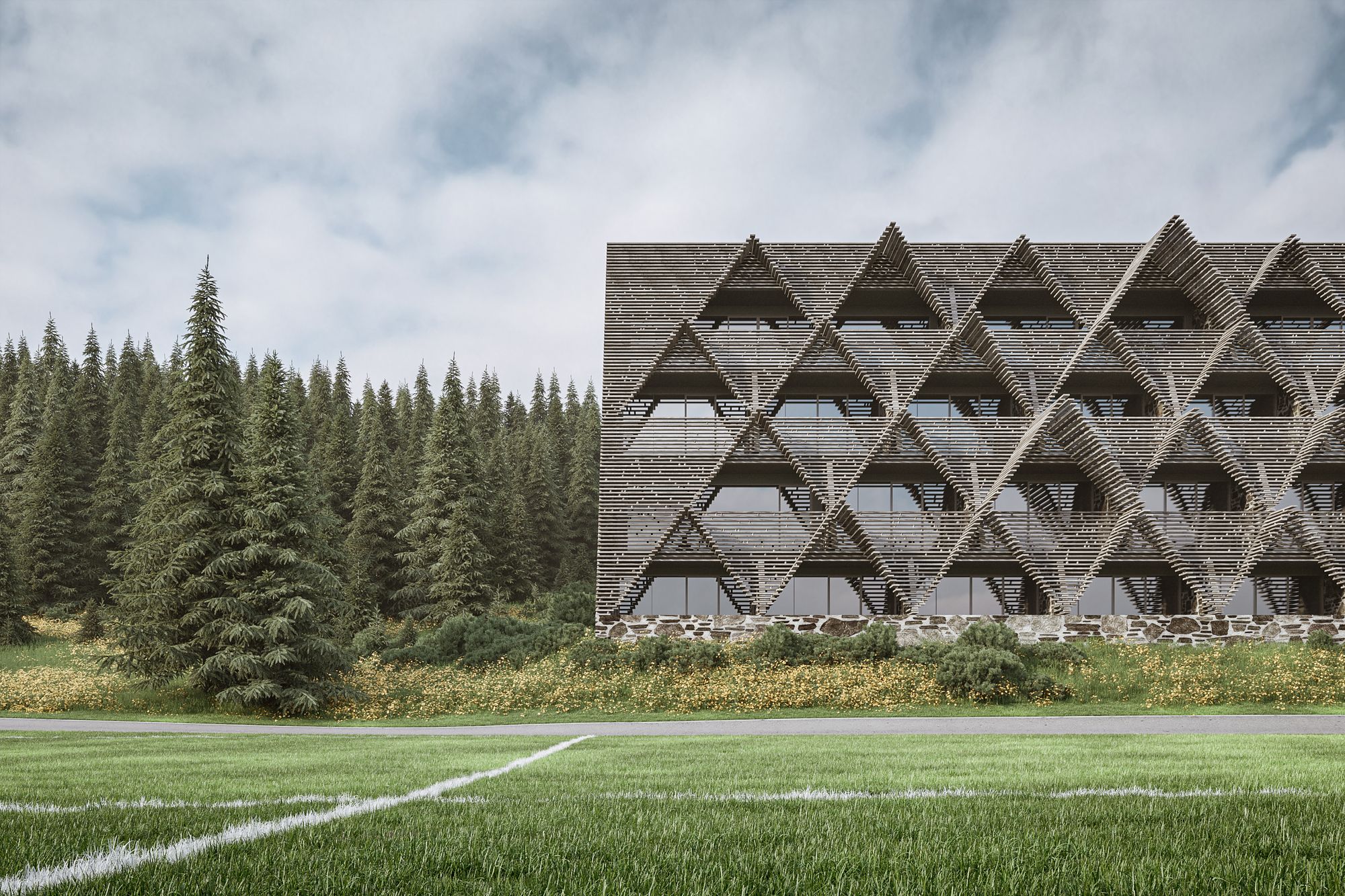
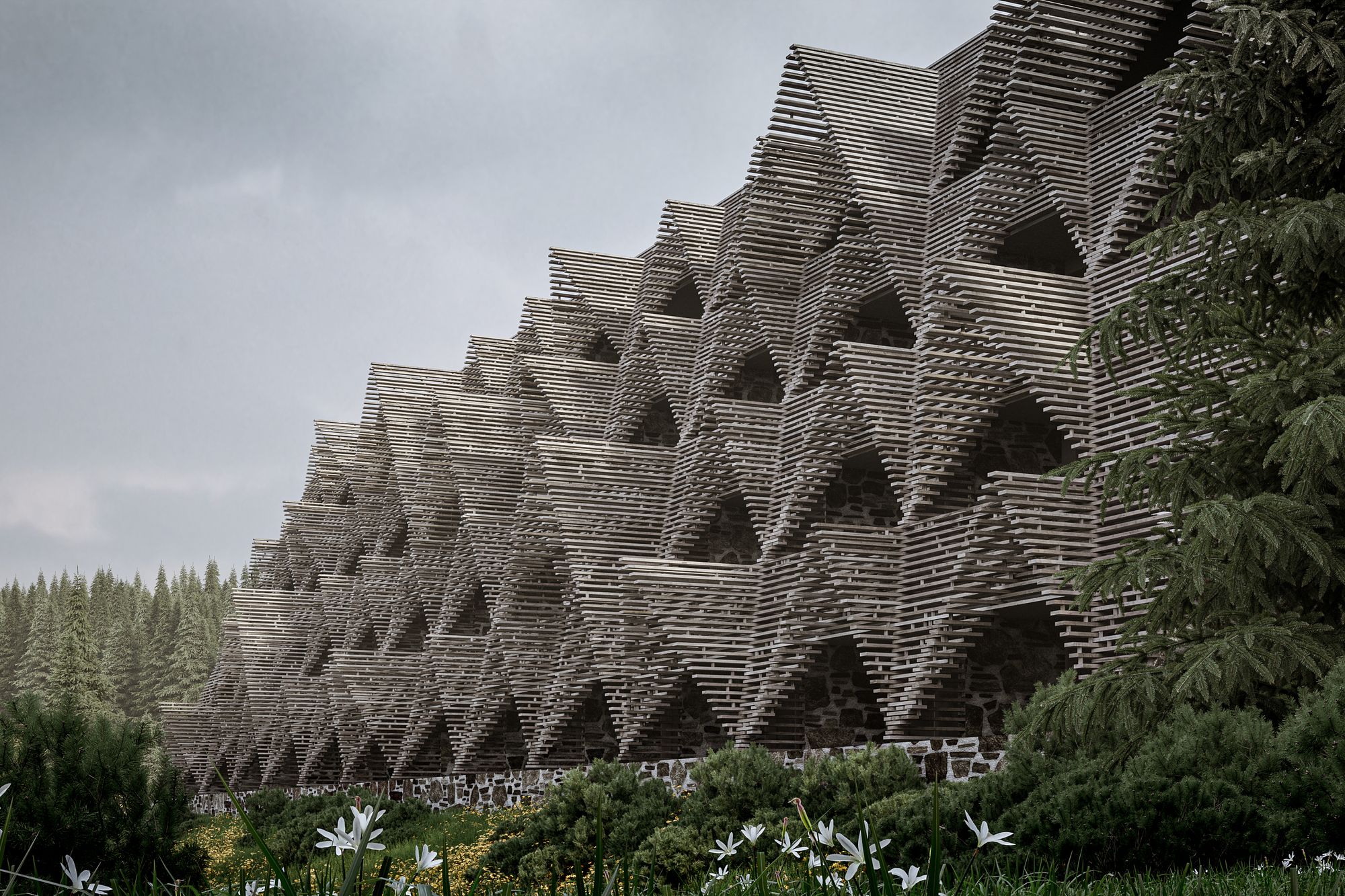
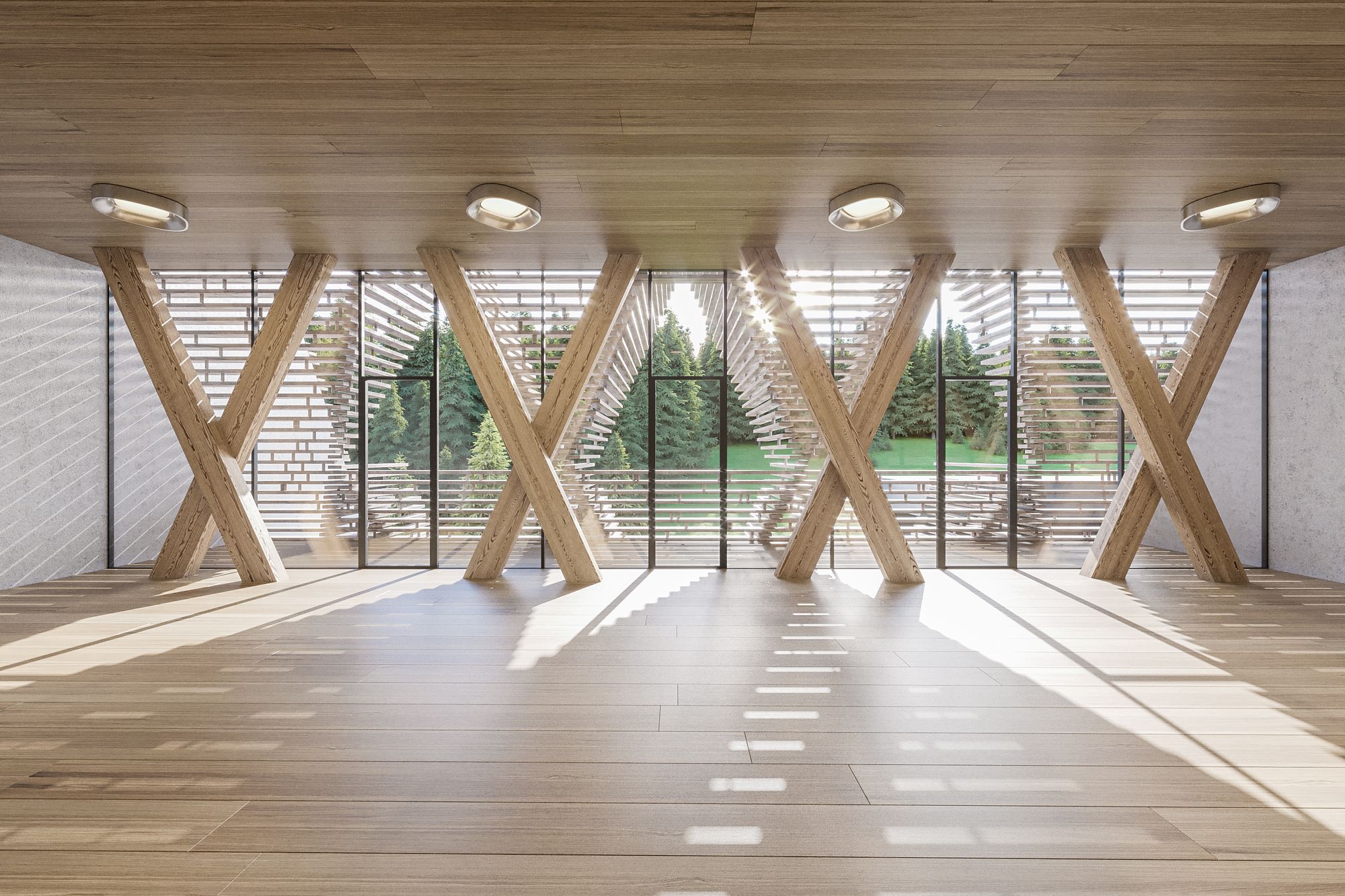
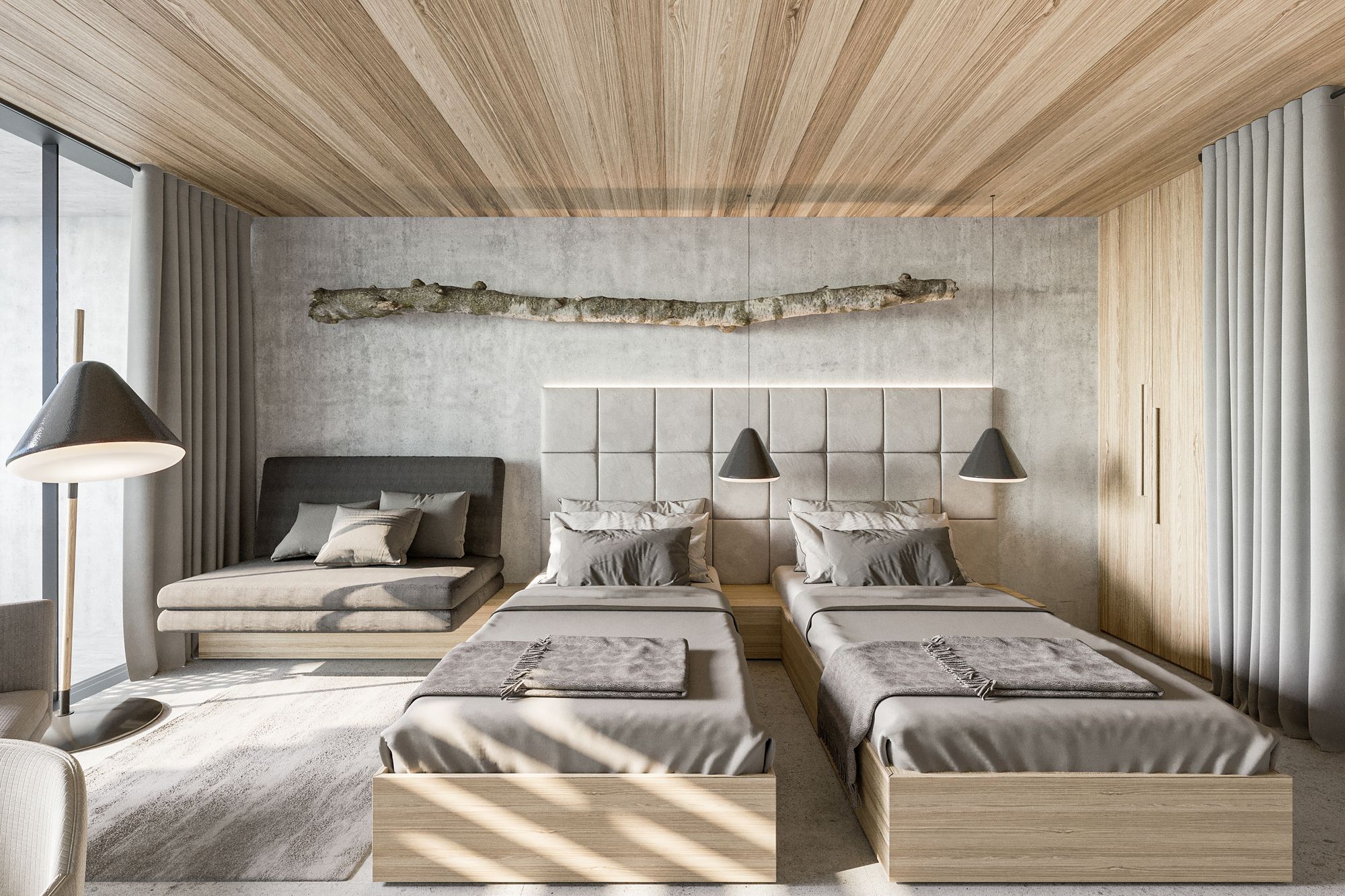
House of Music Hungary | Hungary
The Hungarian capital’s architecture is extremely diverse, and one of its most interesting buildings was built a few years ago in the middle of City Park, following the plans of the Japanese designer Sou Fujimoto. The aim was to create a harmonious ensemble of the built and natural environment, allowing the musical experience within its walls to harmonize with nature. The distinctive roof is inspired by sound waves, and the perforated structure allows light to fill the building in the most natural way.
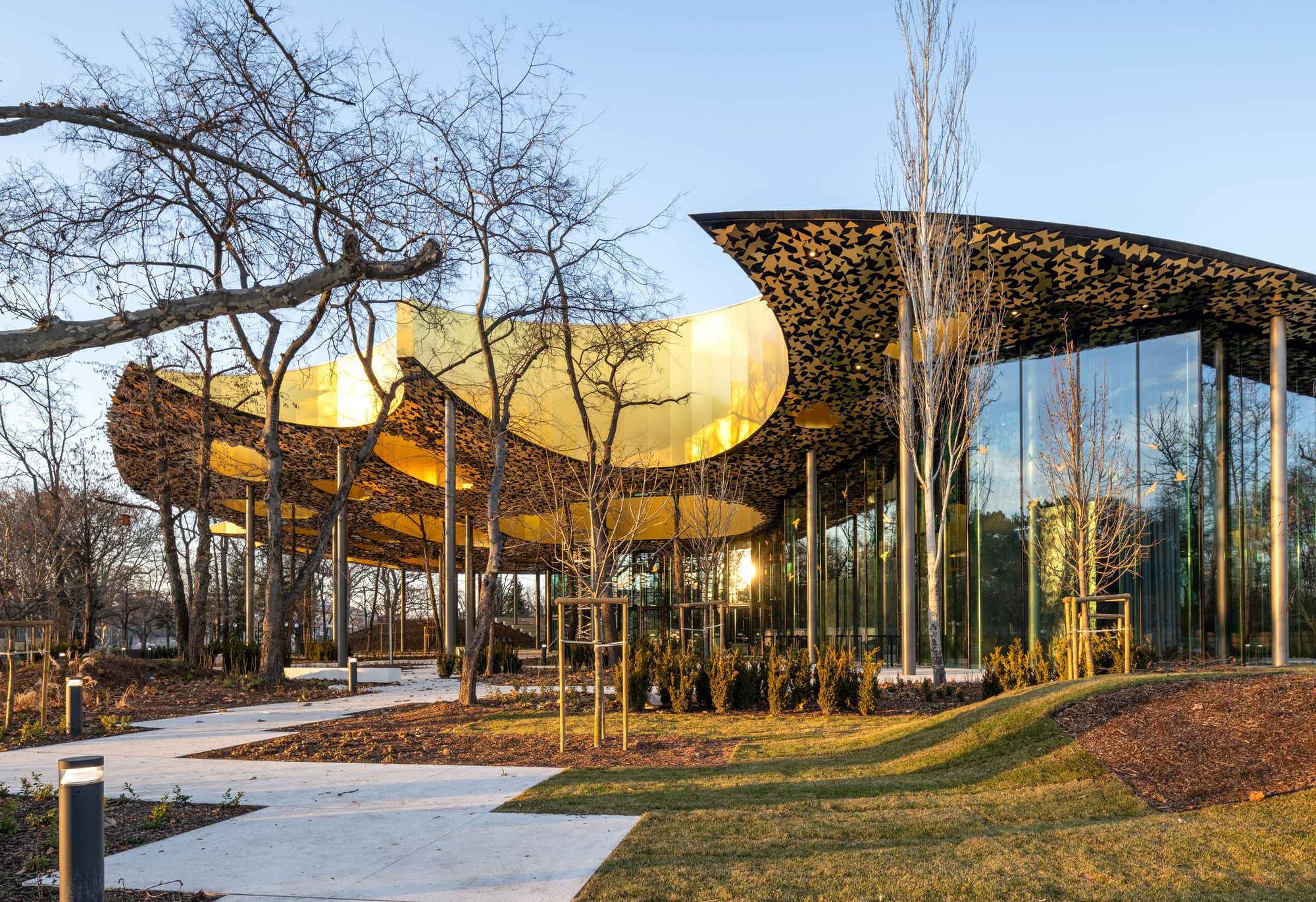
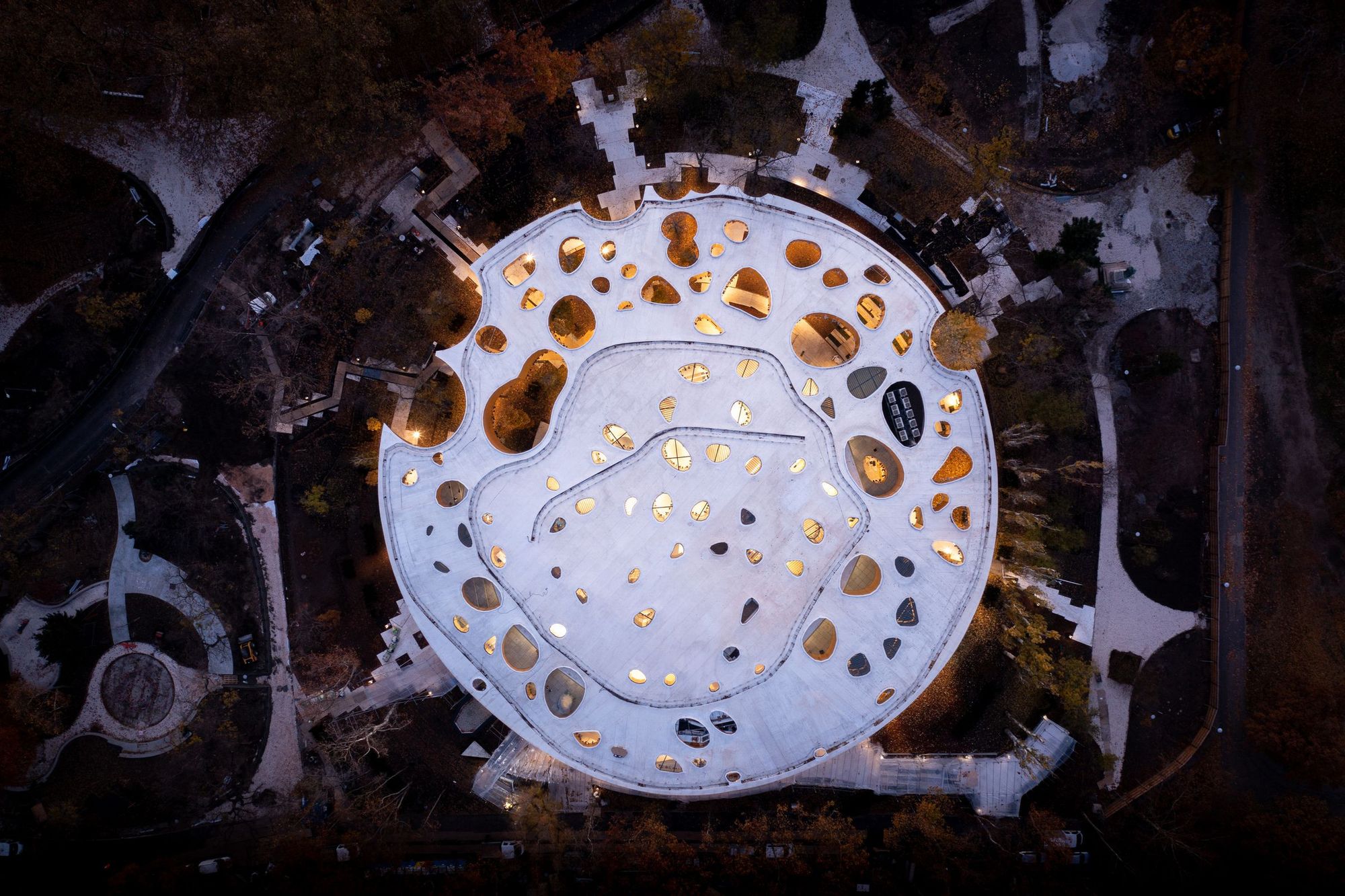
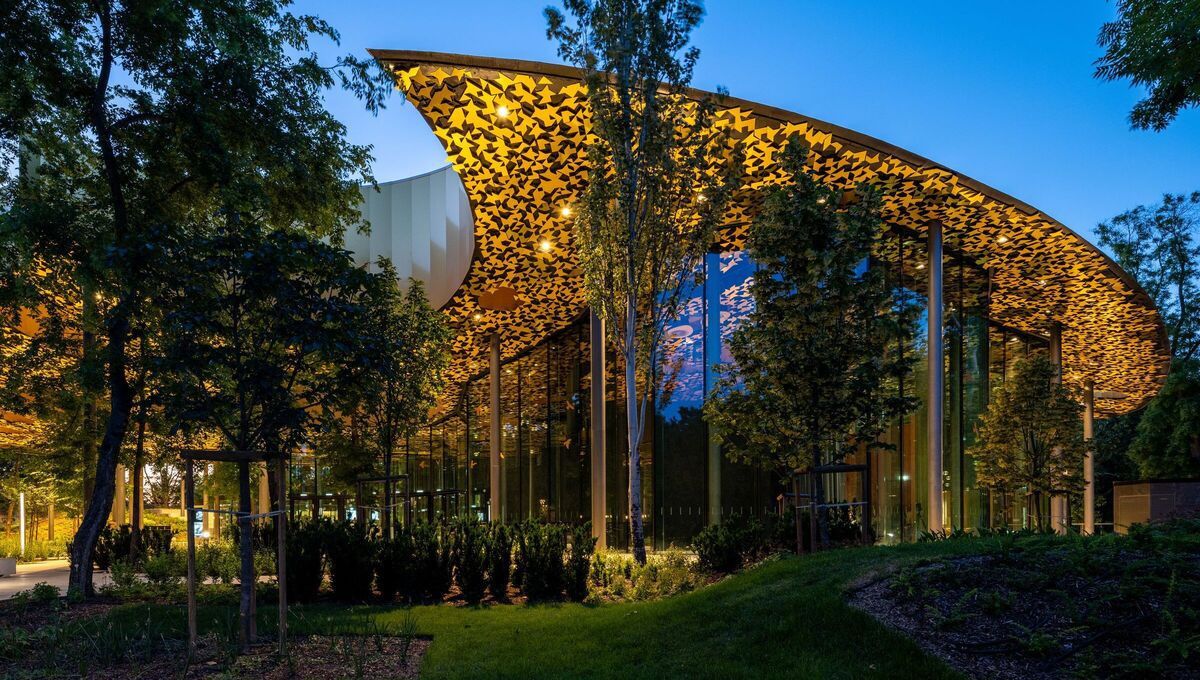

UNIKATO | Poland
UNIKATO is a low-budget building that brings new life to Katowice’s deserted city center, which has been dominated by car traffic until now. The building is inspired by the city’s past and its smog-choked modernist architecture, which the designers sought to evoke through its distinctive dark colors and unique design. The balconies that portrude in an almost spike-like fashion are integral extensions of the apartments, providing the residents with spaces for privacy, relaxation or storage. Unikato is an interesting attempt to reverse the negative trends of urban living, while it also creating new housing opportunities in the area. The design, which is both striking and rebellious, will certainly leave no one cold.
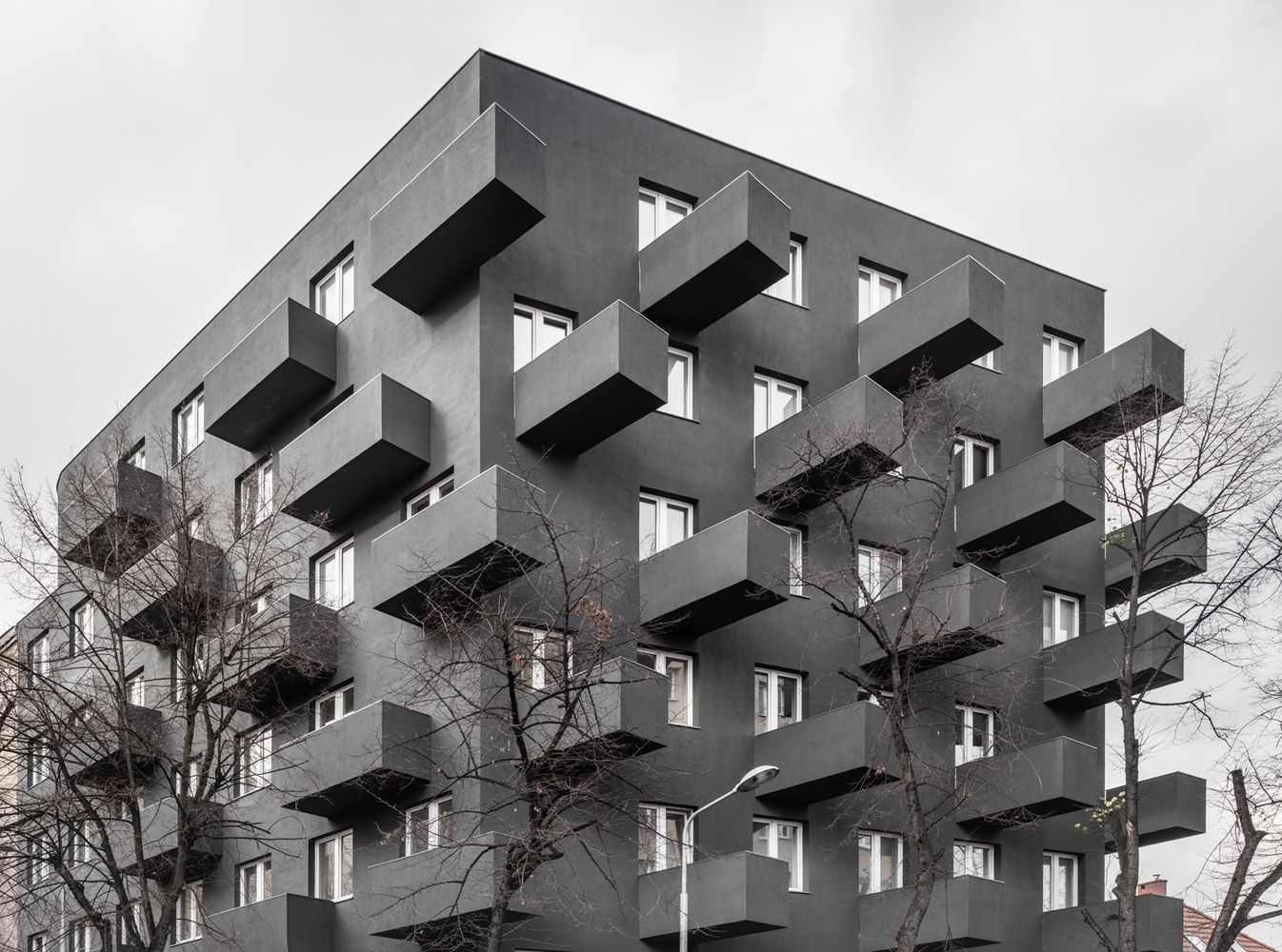
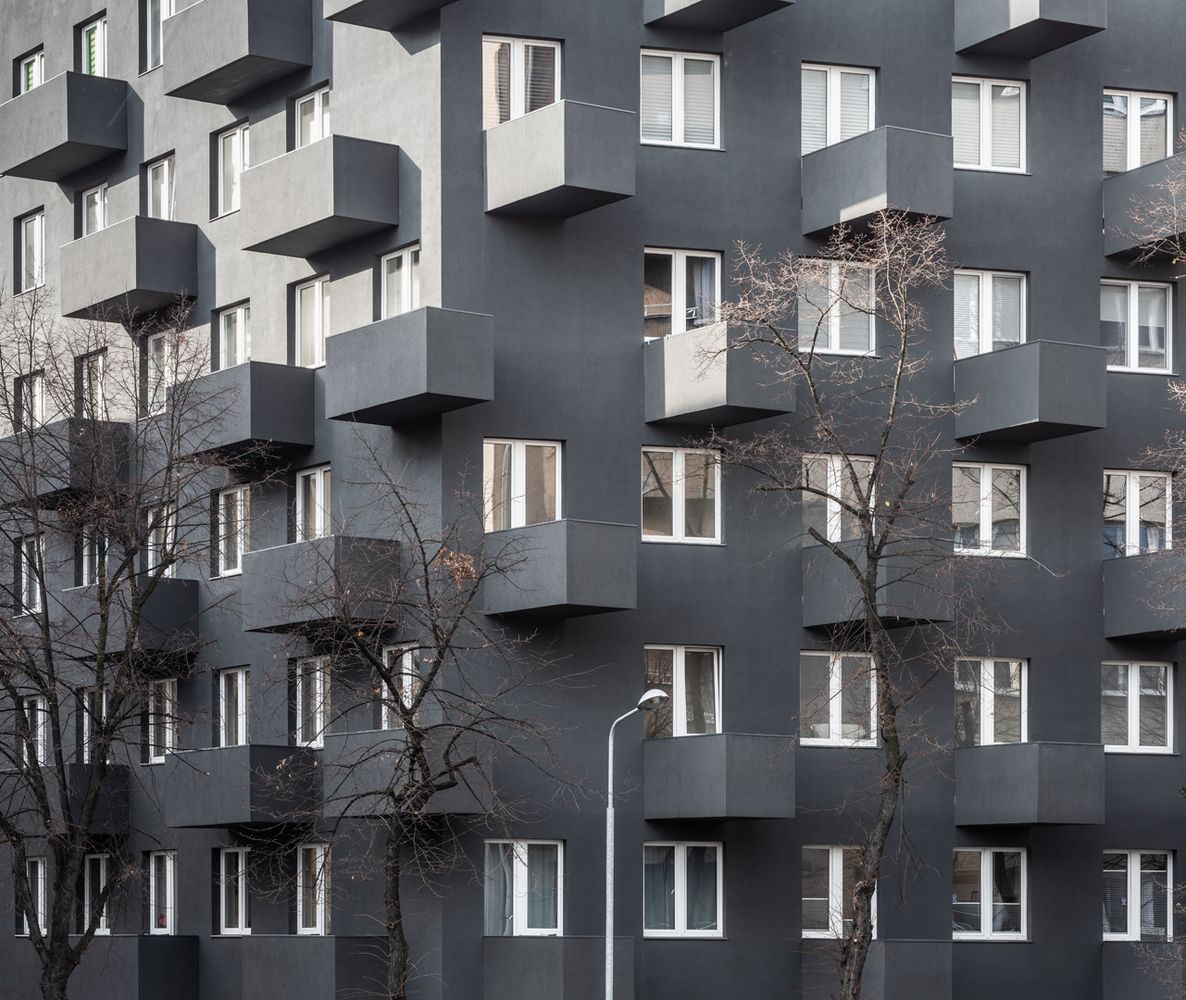
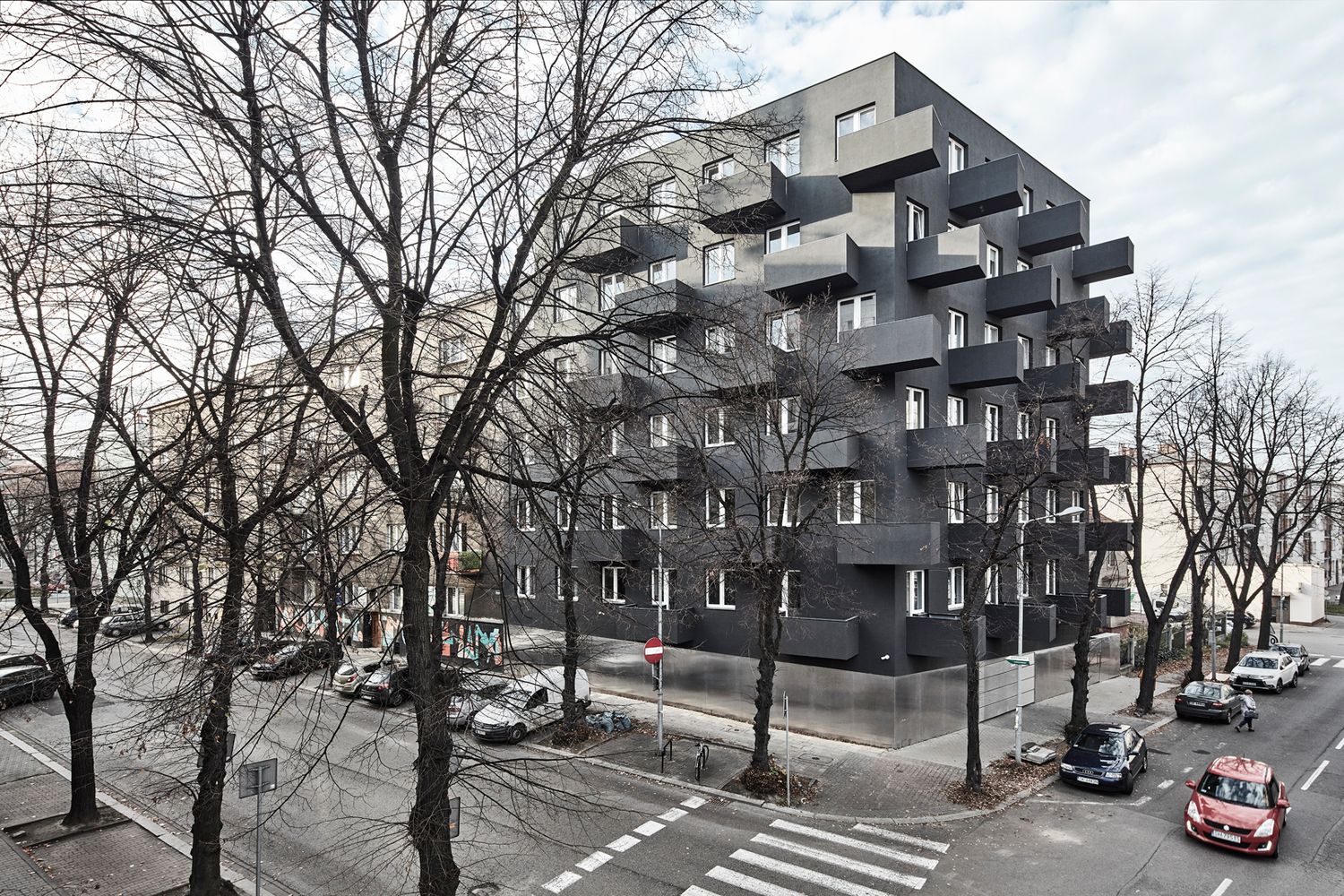
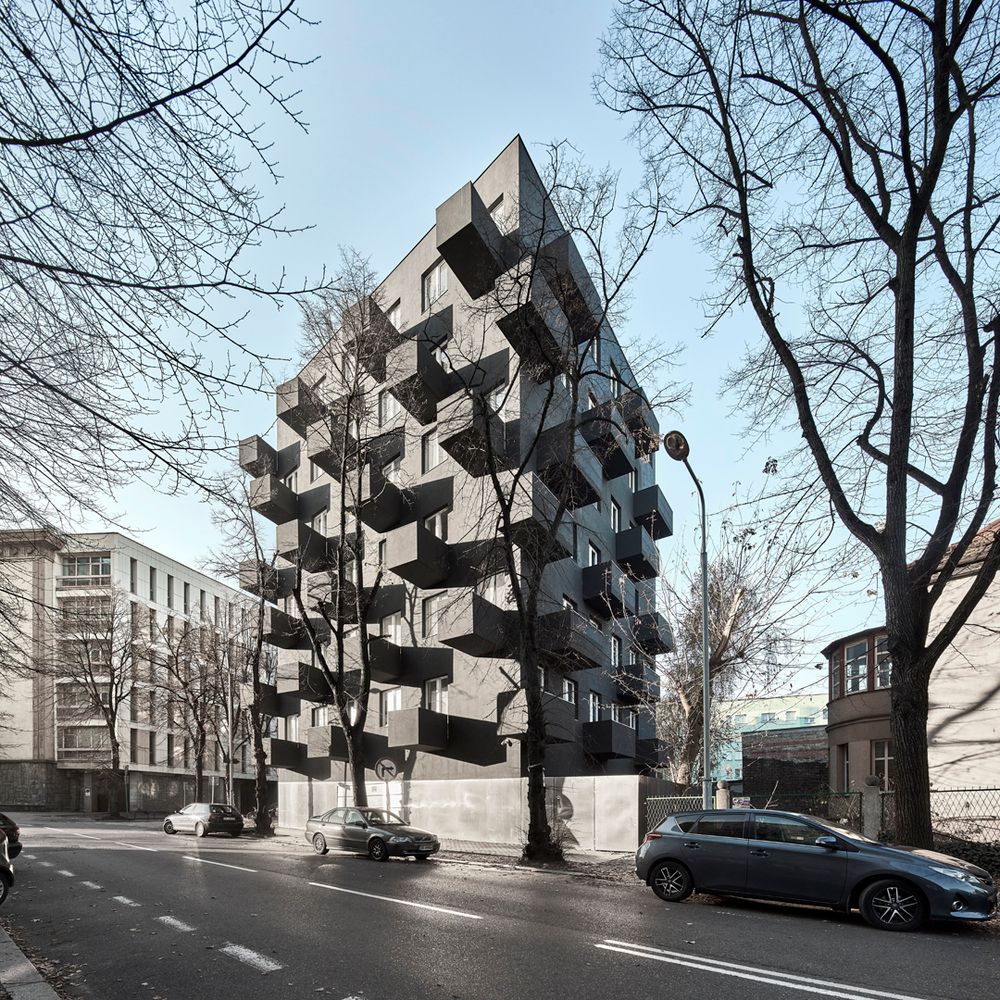
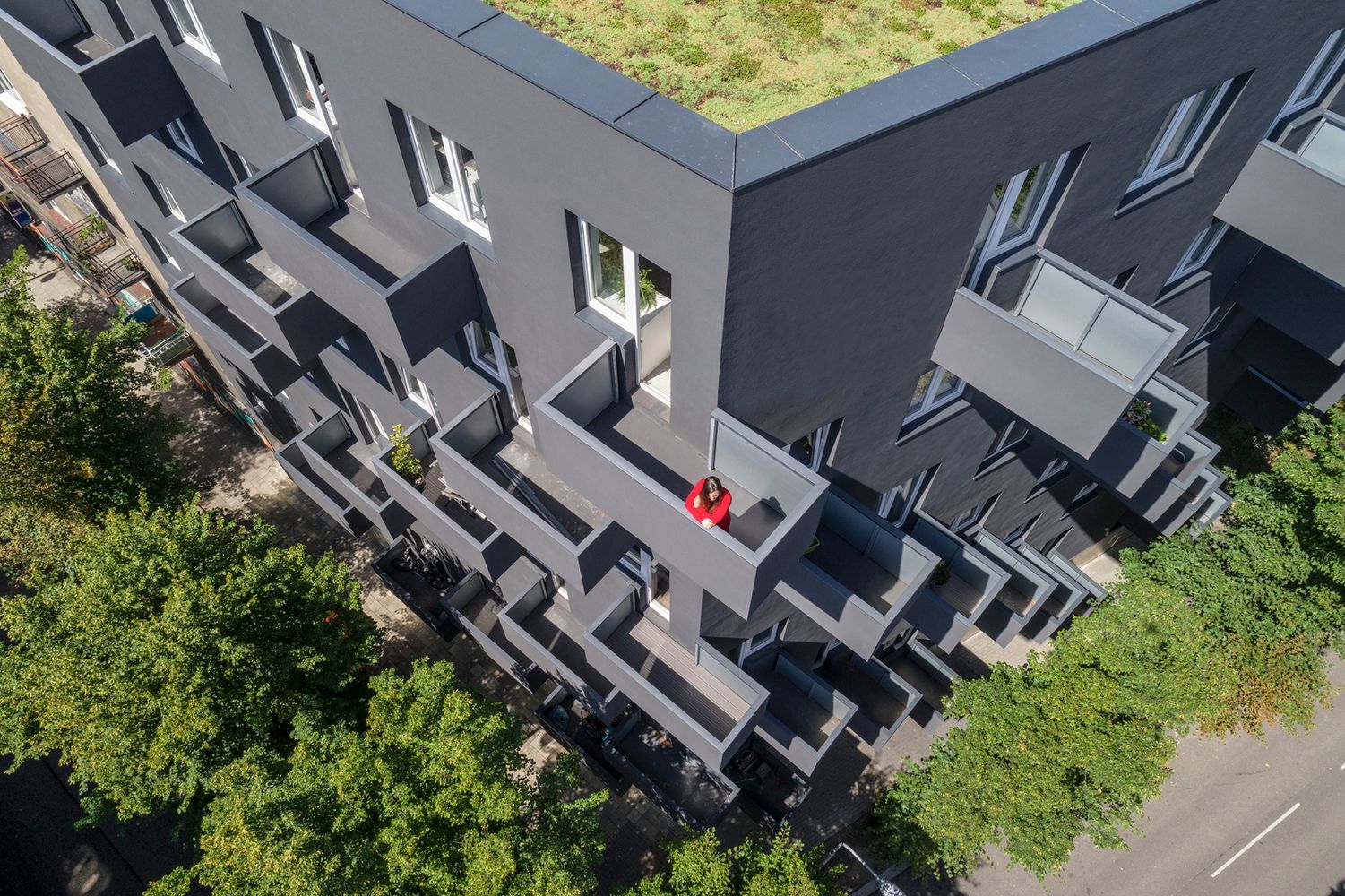
MO Museum | Lithuania
The MO Museum links medieval Vilnius with the more modern, 18th-century city. Envisioned as a cultural “gateway”, the building is inspired by the city’s historic gates, which is reflected in both the design and the materials. Its two symmetrical sides intertwine to create a structure that enables a flow between the interior and exterior spaces. The glossy white cladding attracts attention while distinguishing the building from its surroundings. A special feature is that the entire structure is crossed by an open space, from which a staircase leads to a roof terrace for visitors that opens directly onto the street space.
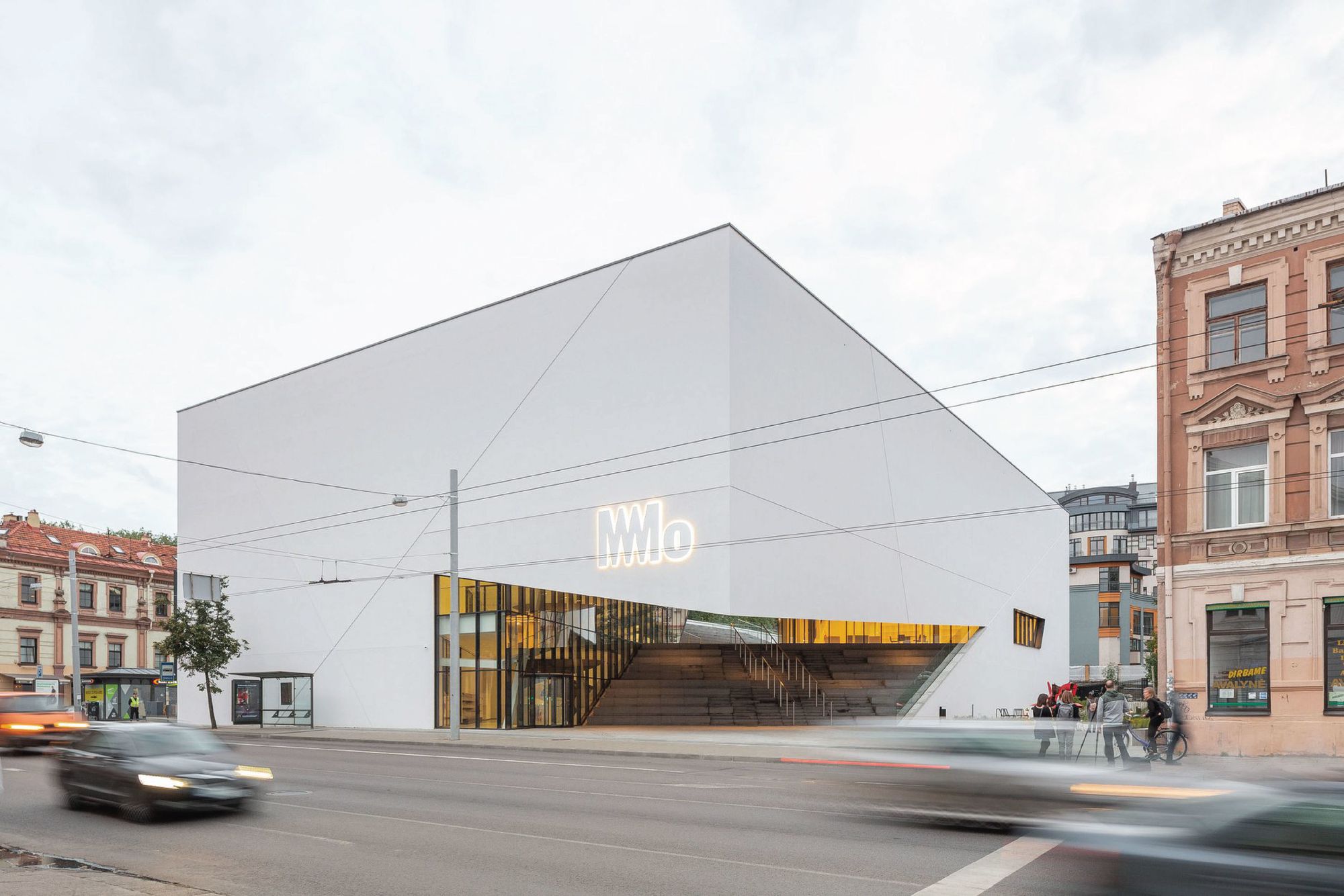
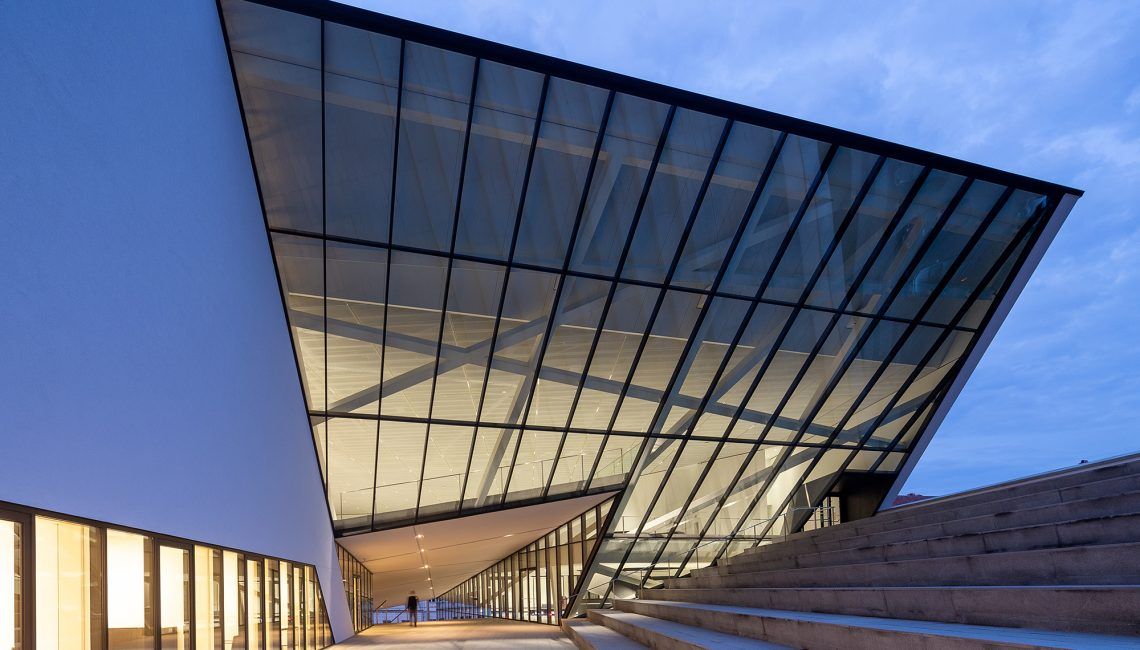
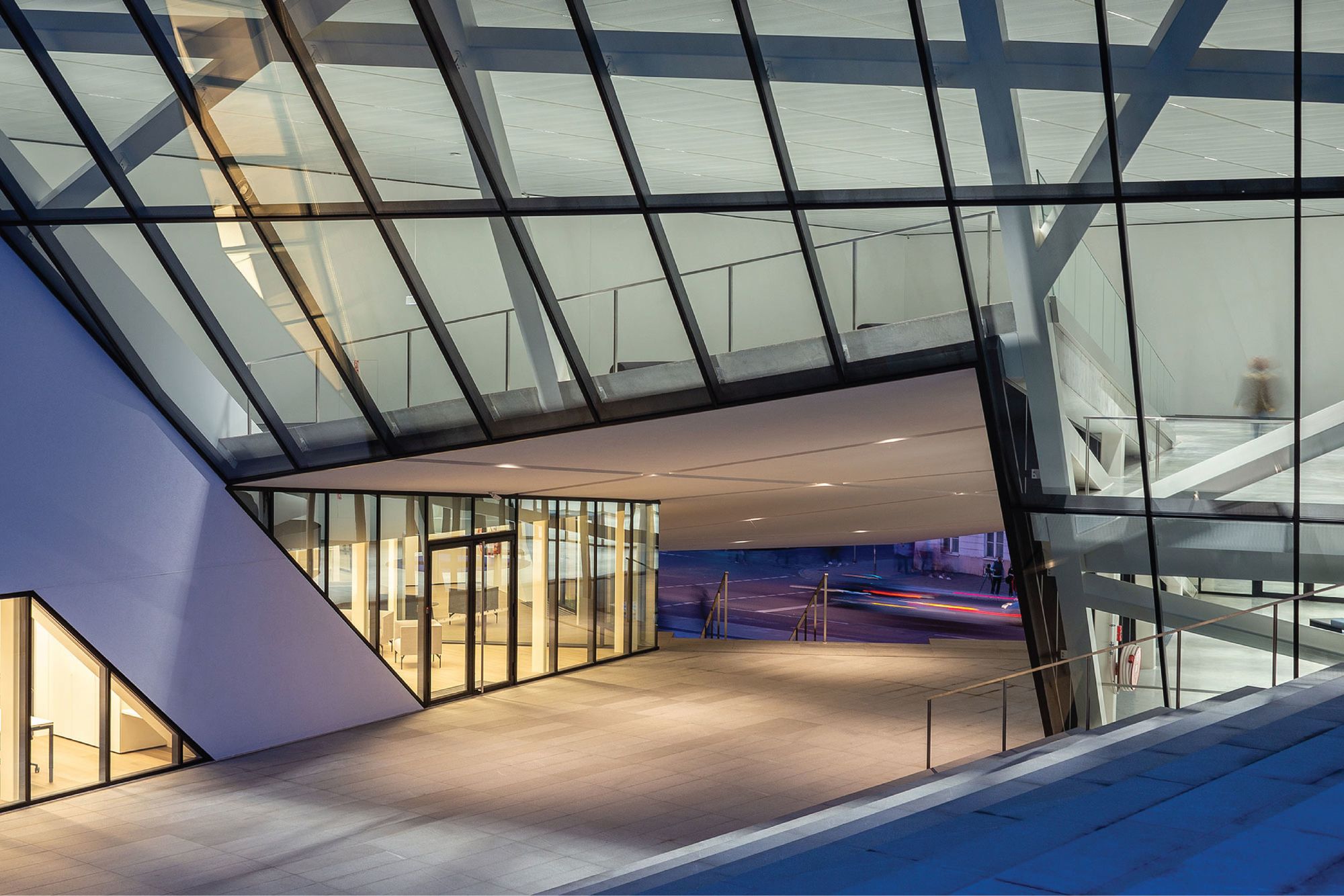
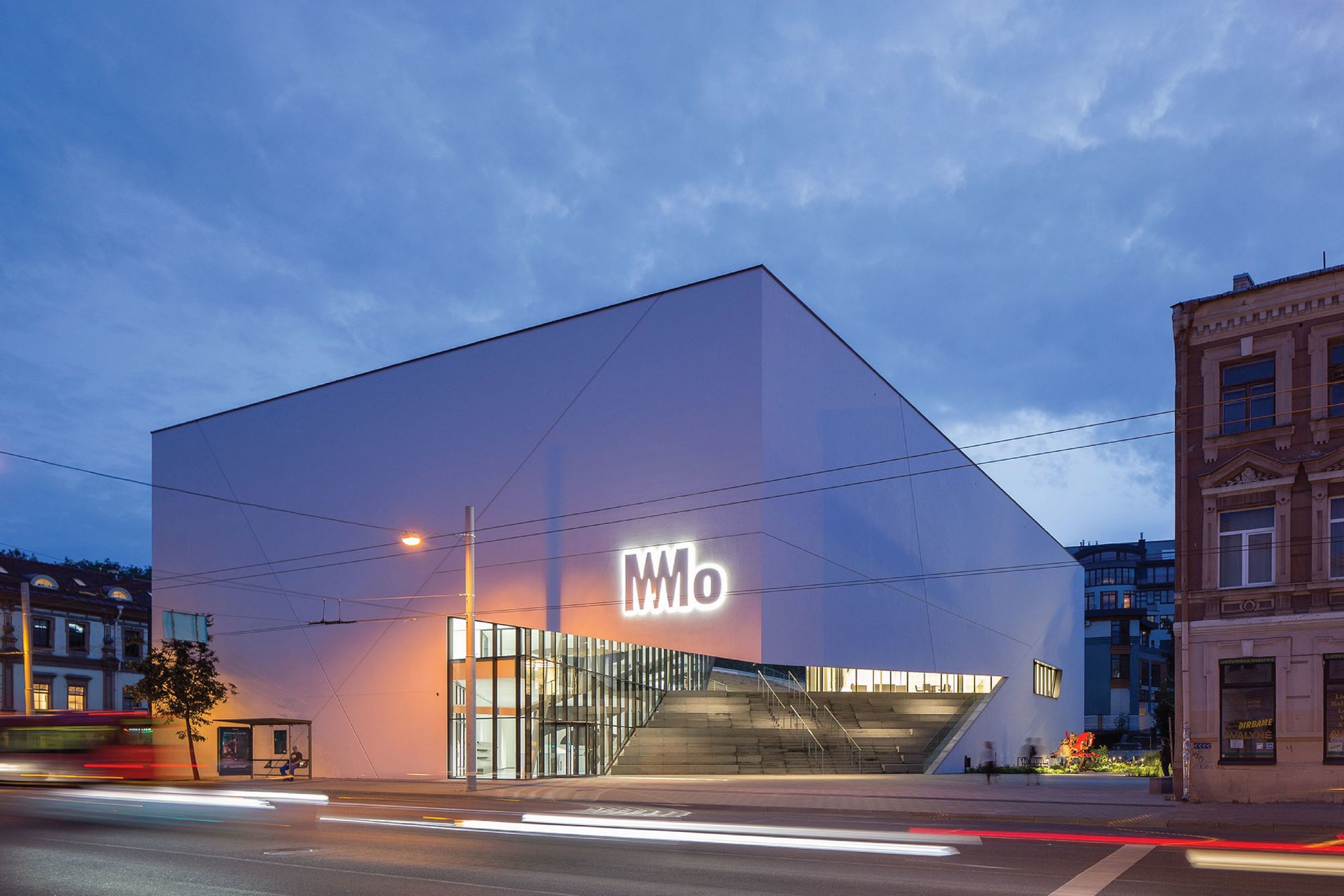
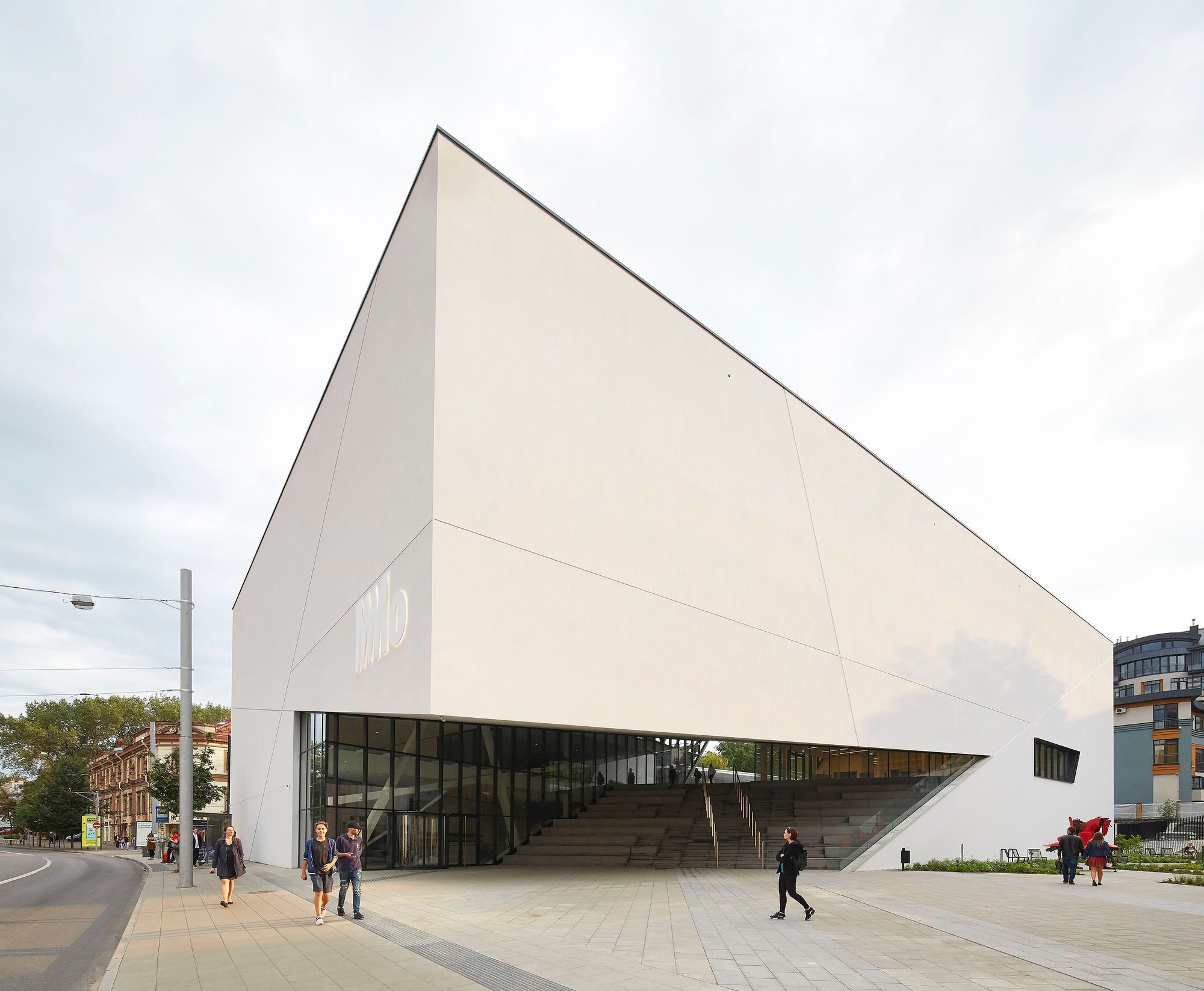
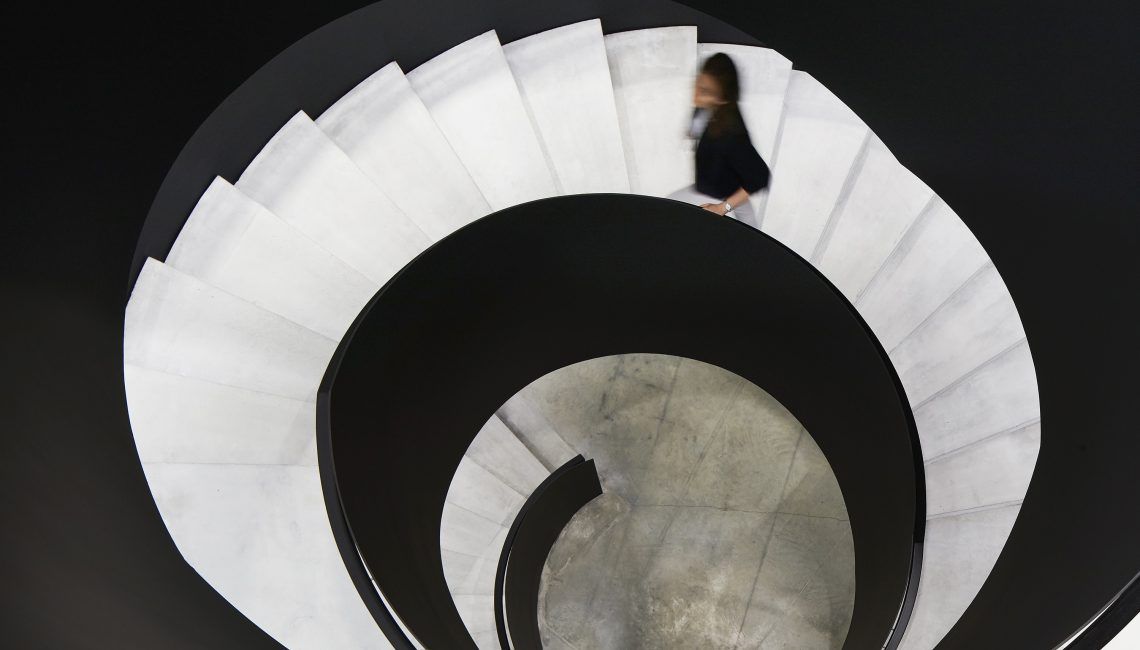
The Dancing House | Web
Hotel Natura | Web | Facebook | Instagram
House of Music Hungary | Web | Facebook | Instagram
UNIKATO | Web | Facebook | Instagram
MO Museum | Web | Facebook | Instagram
Source: ArchDaily, Label magazine

Sean Penn’s documentary on Ukraine to premiere at Berlinale

Canteen #1—Sandwiches
